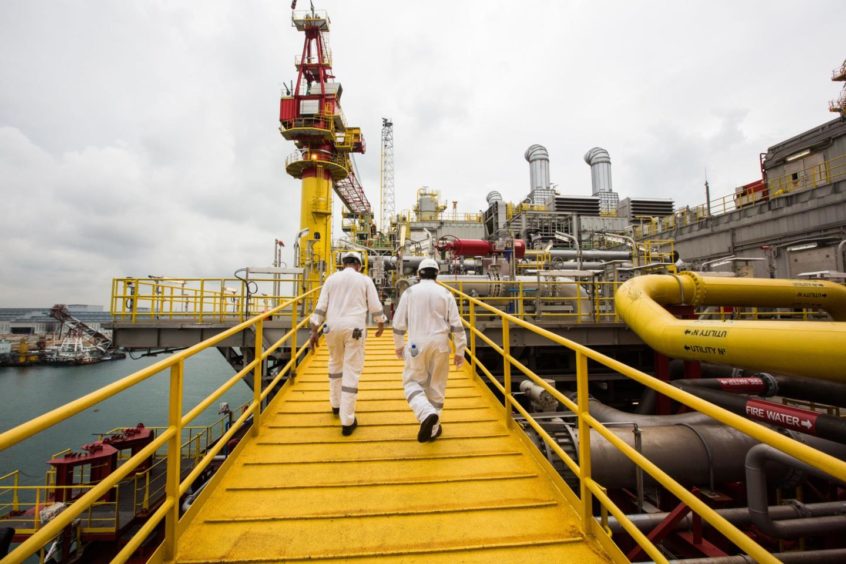
Tullow Oil increased emissions in 2021 amid delays in installing gas capturing equipment offshore Ghana.
Scope 1 and 2 operated emissions hit a five-year high of 2.2 million tonnes of CO2 equivalent last year. This is more than double the emissions of 2018, when it reported 1.049mn tonnes of CO2e, and up strongly from 2020, when these reached 2.04mn tonnes.
Tullow said flaring off Ghana drove the 2021 increase. This, it reported, was “required for better reservoir management and sustained production levels”. In 2021, flaring accounted for 461,700 tonnes of hydrocarbons, up from 424,200 tonnes in 2020.
Emissions per thousand tonnes of hydrocarbons produced increased as a result, rising from 221 tonnes in 2020 to 268 tonnes in 2021.
The company has cut its scope 2 emissions, from 2,980 tonnes in 2017 to 530 tonnes in 2021. The flaring increase, though, more than outstripped this progress.
It also increased scope 3 emissions, to 892,000 tonnes of CO2e in 2021, from 324,100 tonnes in 2020.
Work in progress
Tullow will tackle its emissions by installing new equipment at the Jubilee and TEN floating production, storage and offloading (FPSO) vessels.
At Jubilee, Tullow is working on a re-wheeling project, including work on a compressor. It is also expanding gas-handling capacity at the FPSO. It expects to complete both of these aspects in 2023.
COVID-19 disrupted supply chains, the company said, which slowed down progress, in addition to varying gas offtake levels.
Tullow had planned for a maintenance shutdown at Jubilee in 2021, but pushed this back to 2022. A need for critical asset integrity work required the deferral. The delay on work at Jubilee had an impact on maintenance at TEN, which will now carry out this work in 2023.
Tullow aims to eliminate routine flaring by 2025. As a result, the company expects to cut its emissions by at least 40%.
In addition, it is also working on carbon offset programmes, to cover hard to abate emissions. The initial focus for these projects will be in Ghana.
Recommended for you

